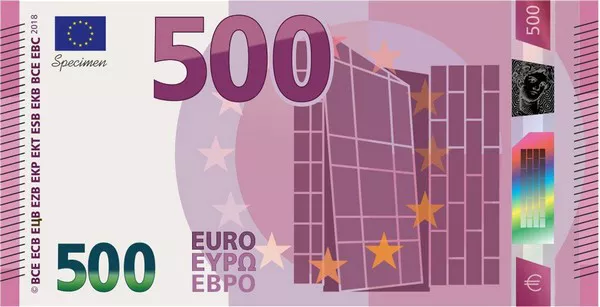The European Central Bank (ECB) is an institution responsible for maintaining price stability in the Eurozone and safeguarding the value of the euro. It was established in 1998, and its primary objective is to ensure price stability in the Eurozone by keeping inflation under control. However, there has been a lot of debate about who controls the ECB and how much power it has.
The Governing Council
The Governing Council is the main decision-making body of the ECB. It comprises the six members of the Executive Board and the governors of the national central banks of the 19 euro area countries. The President of the ECB chairs the meetings of the Governing Council but has only one vote, like all the other members.
The Governing Council meets twice a month to set interest rates and discuss other monetary policies. Its main responsibility is to ensure that the ECB achieves its primary objective of maintaining price stability. While the Governing Council is responsible for setting monetary policy, it also plays an important role in supervising financial institutions and promoting the smooth functioning of payment systems.
Executive Board
The Executive Board is the top management body of the ECB and is responsible for the day-to-day running of the bank. It consists of six members, including the President of the ECB, the Vice President, and four other members. The members of the Executive Board are appointed by the European Council on the recommendation of the Eurogroup.
The President of the ECB is responsible for representing the bank externally and internally, while the Vice President’s main function is to deputize for the President when necessary. The other four members of the Executive Board have specific responsibilities; for example, one member may be responsible for market operations, while another may be responsible for research.
European System of Central Banks
The ECB works closely with the national central banks of the Eurozone to achieve its objectives. Together, they form the European System of Central Banks (ESCB), which is responsible for implementing monetary policy in the Eurozone. The ESCB comprises the ECB and the national central banks of the 27 EU member states.
The ESCB’s main objective is to ensure price stability in the Eurozone, but it also has other responsibilities, such as promoting the smooth operation of payment systems and supervising financial institutions. The ESCB operates through a network of national central banks, which implement the ECB’s monetary policies within their respective countries.
European Parliament
The European Parliament plays an important role in the governance of the ECB. It has the power to appoint and dismiss members of the Executive Board and can also hold the ECB accountable for its actions. The European Parliament regularly holds hearings with senior ECB officials, where they can ask questions about the bank’s policies and decisions.
The European Parliament also has the power to review the ECB’s annual report and hold debates on monetary policy. While it cannot directly influence the ECB’s monetary policies, its opinions carry weight and can help shape public opinion on the bank’s actions.
National Governments
Although the ECB is independent of national governments, they still play an important role in the governance of the bank. National governments are represented on the Governing Council and have a say in the bank’s decision-making process. They also have the power to appoint the governors of their national central banks, who are members of the Governing Council.
National governments can also influence the ECB indirectly through their fiscal policies. For example, if a government runs a large budget deficit, this can put pressure on the ECB to keep interest rates low, making it easier for the government to service its debt.
Conclusion
In conclusion, the ECB is governed by a complex system of institutions and stakeholders. While the Governing Council is responsible for setting monetary policy, the Executive Board manages the day-to-day operations of the bank. The European Parliament provides oversight and accountability, while the national governments have a say in the bank’s decision-making process.
Despite its complex governance structure, the ECB’s primary objective remains the same: to ensure price stability in the Eurozone. By working together with the national central banks of the Eurozone and other stakeholders, the ECB aims to achieve this objective and safeguard the value of the euro for the benefit of all Europeans.


